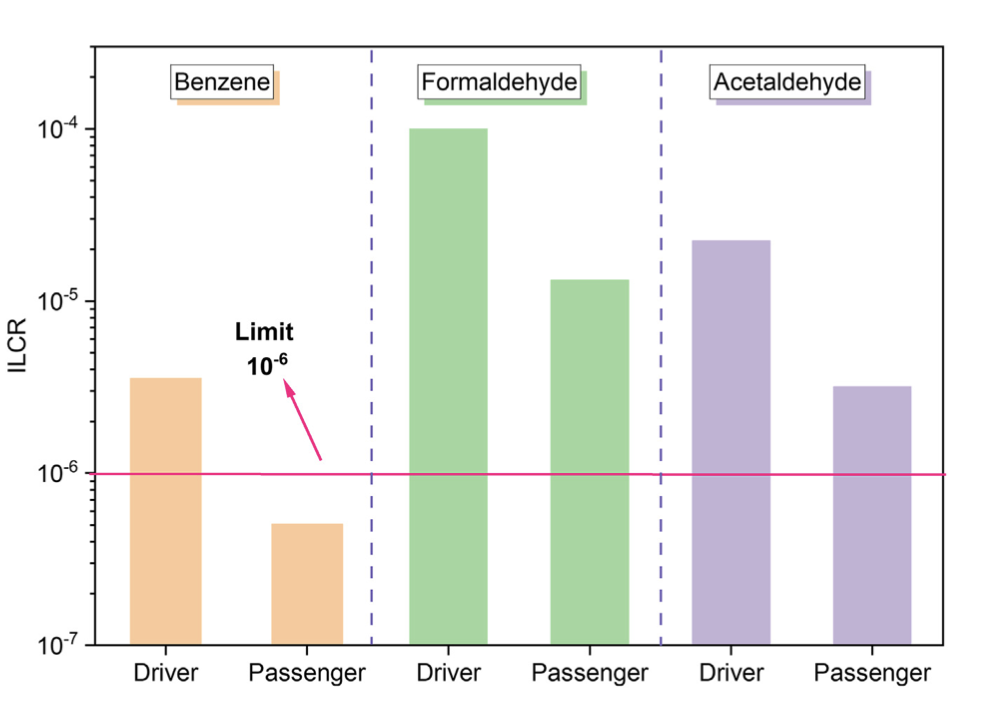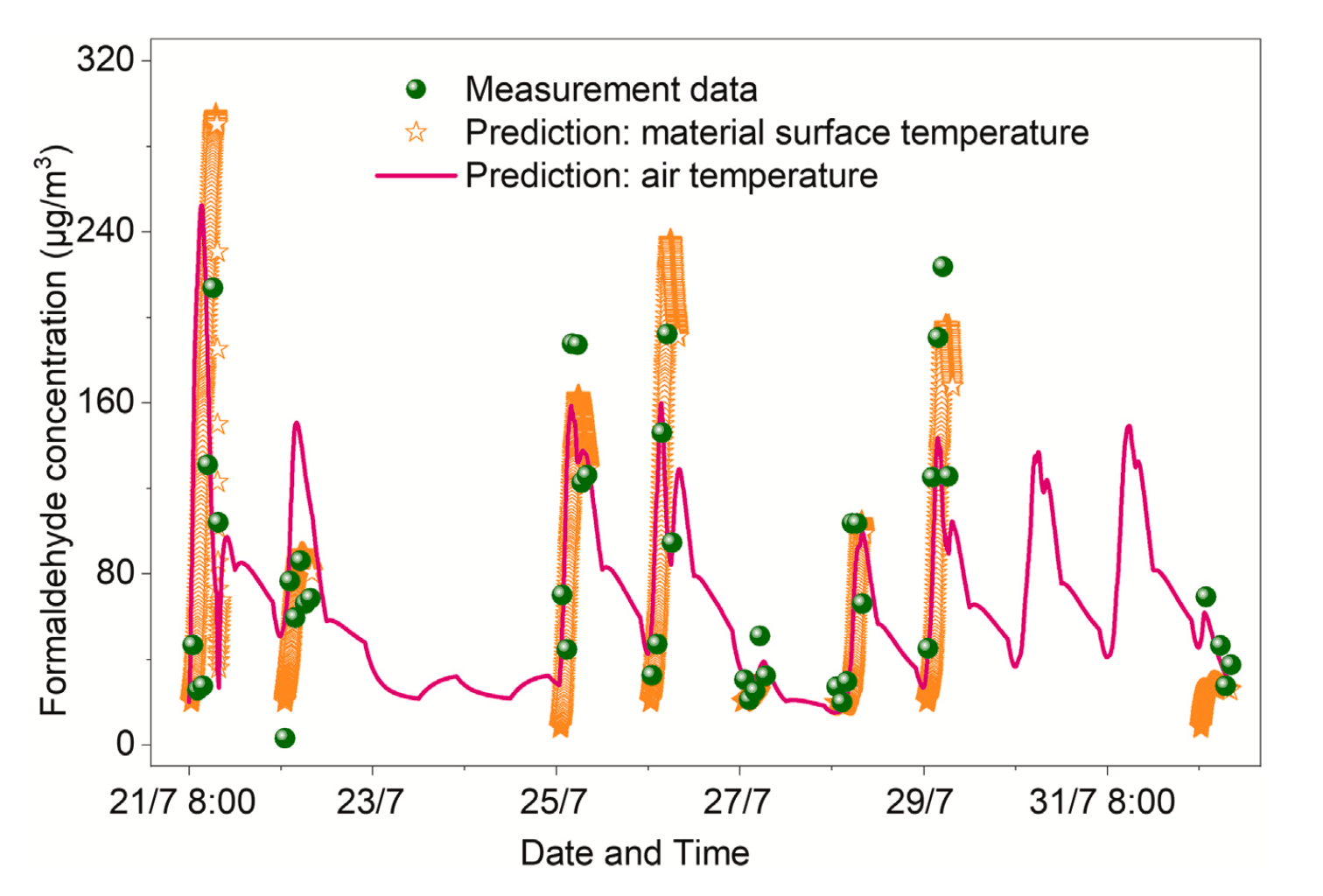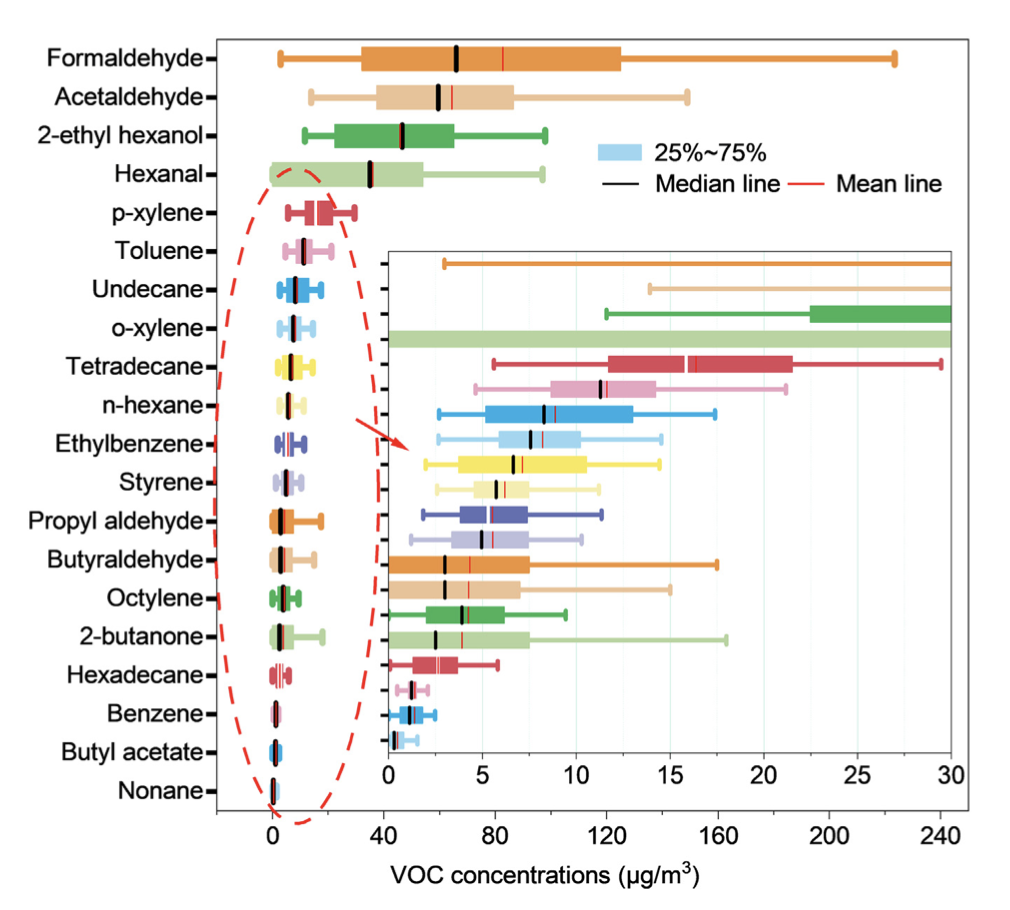For some, there's nothing quite as luxurious as the smell of a brand new car.
That fragrance – a mix of volatile fumes produced by freshly crafted surfaces and upholstery – might smell like money, but with prolonged exposure in higher temperatures it comes at a cost to those who spend enough time in a freshly minted vehicle.
Chinese and US researchers found that levels of a number of cancer-causing chemicals exceeded safe limits inside a new car parked outside for 12 days.
Formaldehyde, a compound found in disinfectants, germicides, and gas stoves, was detected at levels that exceeded Chinese national safety standards by 35 percent. Acetaldehyde, a class II probable carcinogen, was found in concentrations that bypassed safe limits by 61 percent.
Benzene, a carcinogen found in paints, petrol, and cigarettes, also hit what would be unsafe levels for drivers who spend long hours in cars, but not their passengers.
Altogether, the Incremental Lifetime
"Generally, an ILCR of 10-6 or less is considered safe, between 10-6 and 10-4 indicates a potential risk, and higher than 10-4 indicates a high potential health risk," they explain.
The researchers' field experiment indicated levels of known and probable carcinogens changed inside a sealed car where the weather ranged from sunny to cloudy.
The study estimated the exposure of taxi drivers and passengers (who typically spend 11 hours and 1.5 hours in a car each day, respectively) to volatile (or airborne) compounds that can be absorbed through the skin or ingested, though are mostly inhaled.

The mid-sized SUV used in the experiment was kitted out in plastic, imitation leather, woven cloth and felt. When these materials are fresh off the production line, they release a variety of volatile organic compounds into the air, a process known as off-gassing.
The researchers took air samples from the car and used gas chromatography-mass spectroscopy to determine the concentrations of 20 chemicals at different time points.
As the car heated up during the day, its inside temperature fluctuated wildly from 21°C to 63°C (70 °F to 145 °F).
The concentrations of volatile chemicals also took on a cyclic pattern, which was driven by the surface temperature (rather than the air temperature) inside the car.


Past research from California has shown that even just 20 minutes of driving in a new car can expose people to unsafe amounts of benzene and formaldehyde, with the health risks rising for those with longer commutes.
While the results certainly warrant attention, it pays to keep in mind exposure to new-car chemicals can be limited with a few common-sense measures.
Alternatively, opt for a second hand car, or use alternative transport.
If you can't avoid the luxury of a car with a handful of miles on the clock, maybe skip the drive for a walk when you can, and breathe a little easier.
This paper was published in Cell Reports Physical Science.
